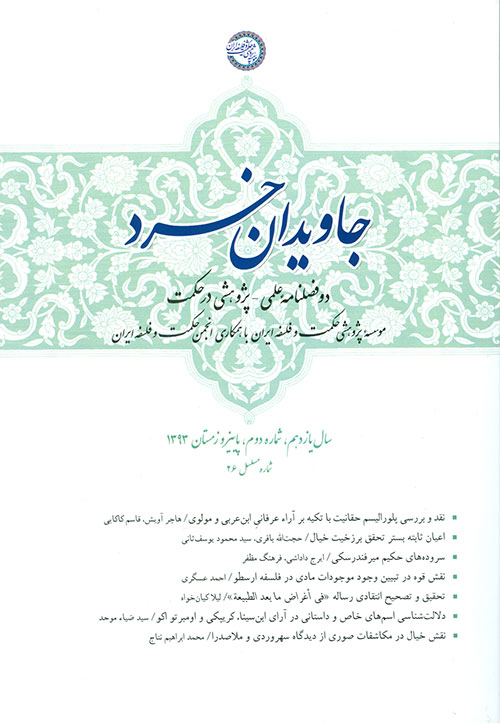Synthetic and Comparative Method of Ibn Abi Jumhūr Ahsāῑ
Keywords:
Synthetic and comparative method. Ahsāῑ. Ijtihād and illuminative jurisprudence. Illuminative philosophy. SufismAbstract
Twelve Shiʽism has passed different periods. In the initial periods, the apparent development of the history of Imamiyyah and the compilation of the corpus of hadith knitted together. Gradually after establishing its intellectual framework, this creed encountered with different schools such as various jurisprudential, theological, philosophical and mystical schools. Two general ways are possible in this encounter; first, rejection and separation and second, reconciliation. Ibn Abi Jumhūr Ahsāῑ was one of the Shiʽi thinkers who was proponent of the reconciliation and had a great role in paving the way for it. Ahsāῑ tried to reconcile theology (Ashʽarites, Muʽtazilites and Shiʽi theology) with philosophy (Illuminative Philosophy and Peripatetic Philosophy) and Sufism, by means of a hierarchical system. In this paper a perspective of his synthetic and comparative method will be presented for the first time and especially the significance of Ijtihād and its focal role in the foregoing phenomenon will be explained.





